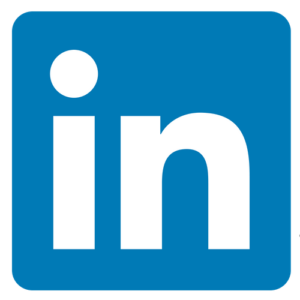A recent article from the Wall Street Journal profiled a growing trend among small businesses: depositing checks over the Internet. Instead of being pressed to make physical deposits with banks during the week from 9:00am-5:00pm, remote deposit offers the convenience of depositing checks at any time and place. All you need is an Internet connection, a personal computer, and a scanner.
In 2008, a survey conducted by Aite Group LLC of 300 businesses with less than $10 million in annual revenue found that about 16% were depositing checks online. By the end of 2009, the firm predicts this percentage will jump to 25%.
While firms try to cut costs in the down economy, some question why businesses are willing to pay the bank a monthly fee to use remote deposit. Some banks charge upwards of $85 a month for the service as well as the fixed cost for the check scanner. The convenience factor of remote deposit seems to outweigh the extra costs though. Diane Rubinstein, controller of The Epilepsy Foundation, was quoted in the article, and she explained depositing checks online has helped her accept 200-300 more checks per month, and it saves time and paper.
Another advantage of depositing checks online is it increases a company’s cash flow. Some banks will place the money into your account the next day if the remote deposit is made by a certain time the night before.
As with any online banking service, there are several security risks involved with remote deposit. Hackers could gain access to your account and checks could be scanned more than once. Michael Kaiser, the executive director of the National Cyber Security Alliance, advises companies stay up-to-date with security software and frequently change their passwords.
Click here to read the entire article: Not-So-Personal Banking



